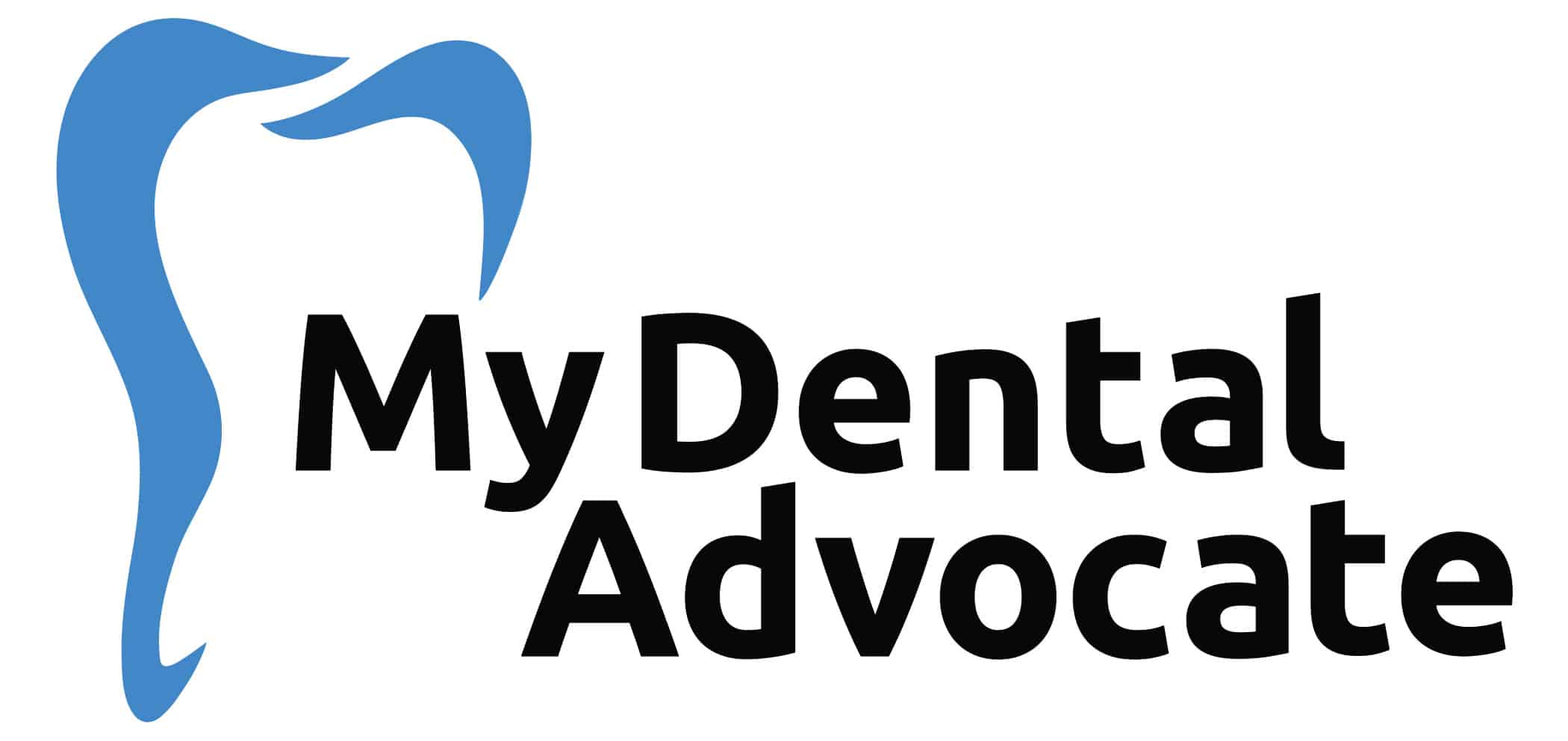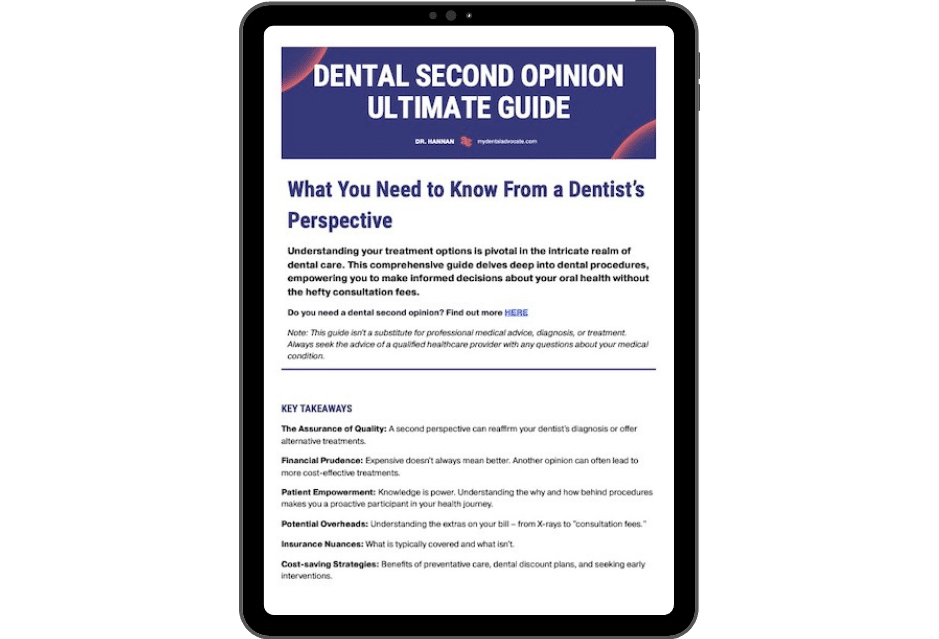Top 10 Habits for Improved Oral Health 2024
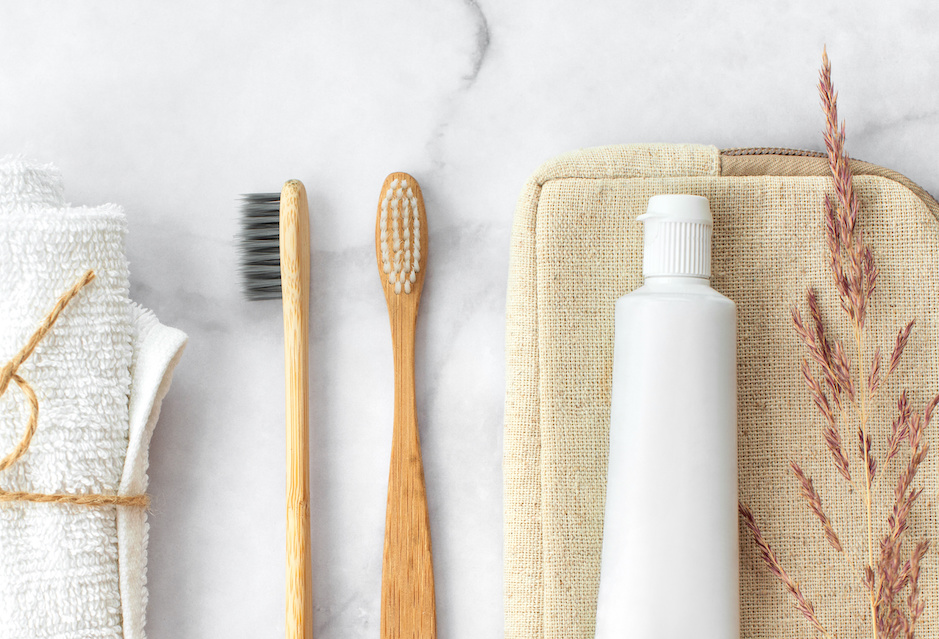
Have you ever visited the dentist anticipating an excellent report, only to question how much you floss?
That would be a sinking feeling, especially if you thought you were doing a great job brushing and flossing.
It may take some work but improving your oral care habits is possible.
Related: Best MDA Recommended Dental ProductsNeed Dental Advice? Ask Dr. Hannan!
1. Limit Frequency of Snacking
Over 70 different types of bacteria live in your mouth.
Most bacteria are harmless; however, a handful can lead to tooth decay or periodontal disease. For example, Streptococcus mutans is a harmful bacterium identified with tooth decay.
Bacteria congregate into a sticky film known as dental plaque and feast on sugar consumed by the host (that’s you!).
Related: Learn more about CavitiesTheir food source directly depends on your dietary habits. For example, if you snack frequently, you’re providing food for the bacteria to break down, eliciting an acid attack on your teeth. You can break this cycle by snacking less frequently or consuming healthy snacks.
Healthy Snacks
- Carrots
- Broccoli
- Celery
- Apples
- Bananas
2. Chew Sugar-Free Gum After Meals
We lead busy lives and are unable to brush after every meal.
Our body releases saliva that contains enzymes to break down food particles. Bacteria thrive in dry, acidic environments, so properly working salivary glands are essential.
If you’re unable to brush away the remaining bacteria, chewing sugar-free gum will help clear away remaining food particles and eliminate the food source for cavity-causing bacteria.
Related: Top 6 Best Dry Mouth Product Review
3. Sip on Water During the Day
The pH in your mouth decreases (becomes more acidic) after consuming many types of food. If the pH remains elevated, bacteria will thrive, leading to an acid attack on your teeth.
If decreased salivary flow occurs, then ideal cavity conditions will increase.
Sipping on water throughout the day is a great way to neutralize the pH in your mouth. Also, water will aid your saliva in clearing away stubborn food particles trapped in and around your teeth.
Recommended Reading: Sports Mouthguard: Protect Your Teeth, Braces & Lips4. Consume Beverages Using a Straw
The key to limiting your risk for tooth decay involves decreasing the contact time of sugars on your teeth.
Recommended Reading: Top 4 Best Sensitivity ToothpasteSugar-rich beverages are essential for many individuals; however, they threaten your teeth because each sip bathes your teeth and supplies sugars for bacteria to consume.
To limit sugar contact time, drink beverages through a straw. This way, you can enjoy your drink without increasing your chances of tooth decay.
Common Beverages
- Soda
- Juice
- Tea
- Energy drinks
5. Avoid Acidic Foods & Sticky Sweets
Enamel is one of the most complex substances in our body.
However, it is prone to damage by acidic foods and sticky sweets. Sticky sweets aid this process by directly placing the bacteria’s food source onto teeth.
Recommended Reading: Top 6 Best Floss PicksAcidic foods, meanwhile, will damage the enamel surface, making it weak, sensitive, and more susceptible to decay.
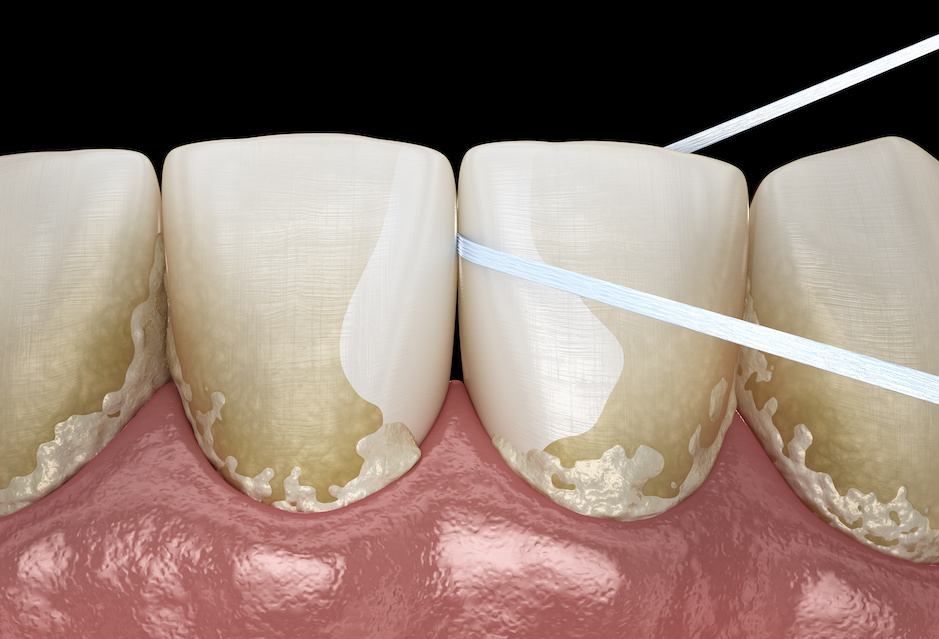
6. “C-Shaped” Flossing Technique
Healthy gums don’t bleed! The more you floss, the less your gums will bleed.
Flossing is an excellent habit many people have difficulty mastering because it’s tedious, occasionally painful, and time-consuming.
When you floss, it’s essential to hug each tooth, forming a “C-shape,” then sweep up and down before switching to the other tooth.
Even the most diligent individuals will be unable to remove all bacteria with brushing alone.
If you find yourself unable to floss regularly, try using a floss alternative such as a Waterpik or water flosser.
Related: Top 8 Best Dental Floss Review
7. Use ADA-Accepted Fluoride Mouthwash
The American Dental Association (ADA) Seal of Acceptance has been the leading dental product safety and efficacy mark for 90 years. Did you know that two-thirds of Americans recognize the Seal?
In addition, 70% will choose a Seal product over a non-Seal alternative if it’s similar in nature and price.
Using an ADA accepted fluoride mouthwash nightly will help repair weakened enamel, prevent cavities, and kill oral bacteria. Plus, it will leave your mouth feeling fresh and clean.
Recommended Reading: What is the ADA Seal of Acceptance?
8. Use Electric Toothbrush with Fluoride Toothpaste
According to the American Dental Association, both manual and electric toothbrushes effectively remove oral plaque and bacteria.
However, proper use of a manual toothbrush can be difficult to achieve. As an alternative, electric toothbrushes are more effective and reliable at routinely removing more significant amounts of plaque and bacteria.
Also, most electric toothbrushes are equipped with technology to improve oral care.
Key Benefits
- Two-minute timer
- Bluetooth capability
- Replacement brush heads
- Multiple brushing modes
Fluoride toothpaste effectively repairs weekend enamel, minimizes tooth sensitivity, and prevents tooth decay.
9. Avoid Brushing After Consuming Acidic Foods
When an acid attack occurs from bacteria after food consumption, the enamel’s surface is weakened and susceptible to transformation.
Therefore, wait at least 10 minutes after consuming acidic foods or beverages for your saliva and water consumption to neutralize the pH in your mouth and remineralize the weakened enamel surface.
Recommended Reading: Top 7 Best Sensodyne Toothpaste10. Replace Toothbrush Every Three Months
High numbers of oral bacteria are in your mouth and your toothbrush.
Therefore, replacing your toothbrush every three months is essential to minimize the bacterial load in your mouth. Replacement brush heads are also available for electric toothbrushes.
In addition, some companies, such as BURST, offer subscription brush head services, so you never have to remember when to replace your brush head.
My Experience & Expertise
Recognizing bad habits can be challenging, especially if you’ve been doing them for many years.
So implement these ten simple habits to improve your oral health and ace your next dental exam.
Need a second opinion? We can help! Learn more. Knowledge is power when cultivating healthy dental habits. The more informed you are, the better positioned you’ll be to prevent avoidable and potentially costly dental procedures for you and your family. Watch for future blog posts, where we’ll continue sharing important information, product reviews and practical advice!
Sources

About the Author
Dr. Matthew Hannan, also known as “Dr. Advocate,” is a board-certified dentist on a mission to provide accurate dental patient education. He attended Baylor University before completing dental school at UT Health San Antonio School of Dentistry. He now lives in Arizona with his beautiful wife and 4 kids. Dr. Hannan believes everyone should access easy-to-read dental resources with relevant, up-to-date dental research and insight to improve their oral health.

Connect with Dr. Hannan!
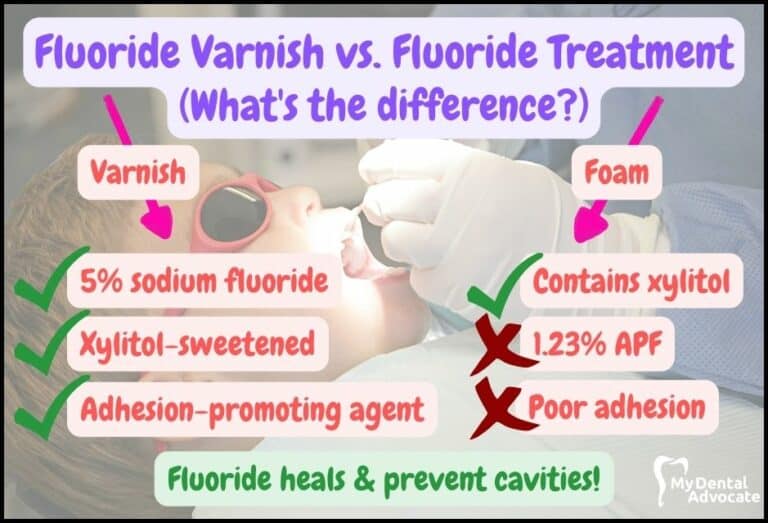
Fluoride Varnish vs. Fluoride Treatment (What’s the Difference?)
What’s the difference between fluoride varnish and fluoride treatment? Fluoride is a hot topic today, especially in the dental office. There are many questions about fluoride, including its effectiveness, safety and necessity. Is it safe for children? It’s so expensive; is it worth it?
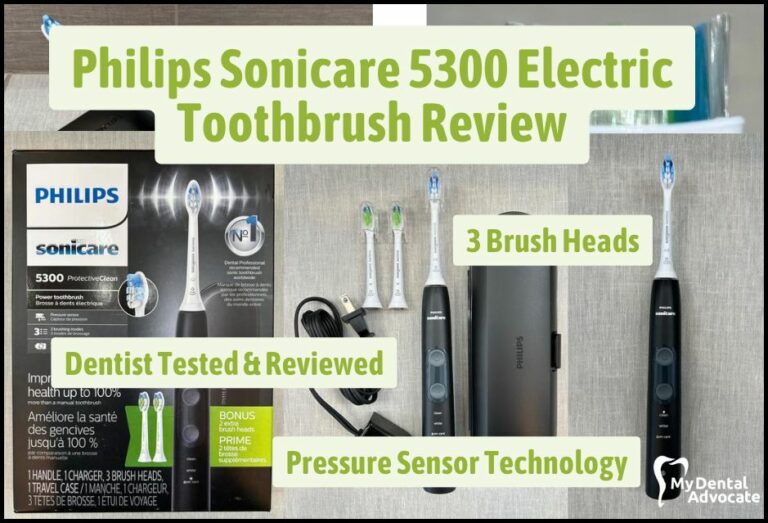
Sonicare 5300 Electric Toothbrush Review (Dentist Recommended)
Discover the secret to a healthier, brighter smile with the Philips Sonicare ProtectiveClean 5300 electric toothbrush. Expertly engineered for superior oral care, this innovative toothbrush provides an effective and tailored deep cleaning experience…

Sonicare DailyClean 1100 Electric Toothbrush Review
If you’re in the market for an electric toothbrush that delivers a deep clean for an affordable price, the Philips Sonicare 1100 Electric Toothbrush is definitely worth checking out. Its simple design, sonic technology…
Gain Clarity with Our FREE Second Opinion Guide
Receive clear, expert second opinions online within 48 hours. Start today!
Product Reviews
Our 250+ dental product reviews (and counting), curated by an experienced dentist, are the most comprehensive online.
Toothbrush Genie
State-of-the-art chatbot designed to help you discover your perfect toothbrush in just a few simple steps!
Cavity Risk Assessment
Cutting-edge digital tool designed to evaluate your individual cavity risk based on your responses to a series of questions.
Gum Disease Assessment
Discover your gum disease risk with our quick and engaging 6-question assessment!
